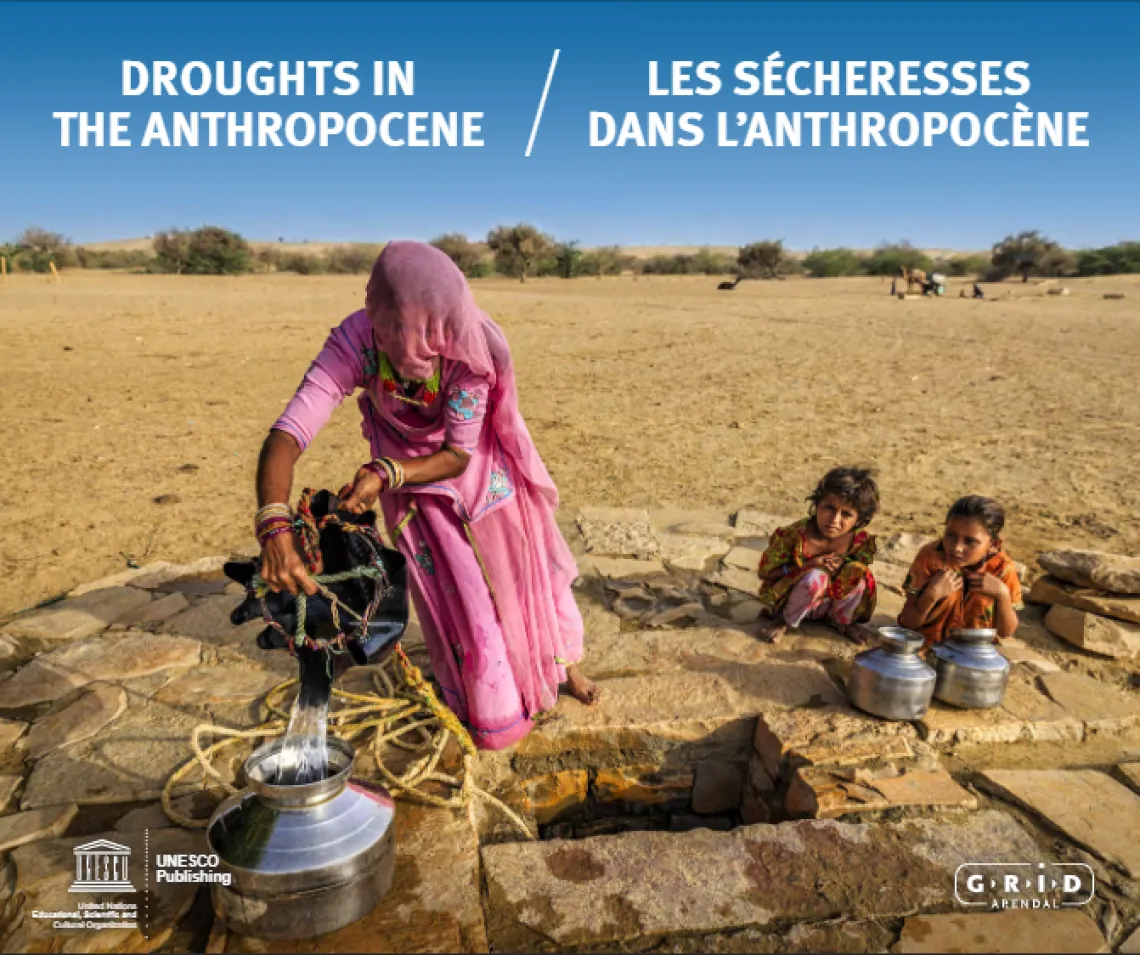Droughts in the Anthropocene Exhibition Features G-WADI Efforts in Chile

On November 18 at UNESCO Headquarters in Paris, a digital interactive exhibition titled “Droughts in the Anthropocene” was kicked off as a side event to the fortieth session of the UNESCO General Conference. The exhibition was displayed from November 18-27. It will also be displayed at the 25th Conference of the Parties (COP 25) of the UNFCCC.
The exhibition uses case studies from around the world to showcase the social, environmental and cultural impacts of droughts and water scarcity. It also presents solutions created collaboratively by scientists and local communities, with the support of IHP and partners, in bridging science with society and policymakers to better address the impact of droughts in the future.

The contributions of G-WADI and especially the Technical Secretariat for its regional network for Latin America and the Caribbean (G-WADI LAC), the Centro Regional del Agua para Zonas Áridas y Semiáridas de América Latina y el Caribe (CAZALAC), were highlighted in the case study on the nine-year “megadrought” in Chile. The case study centered on the Chilean Agroclimatic Observatory, a joint effort of UNESCO IHP, the Chilean Ministry of Agriculture, Food and Agriculture Organization (FAO), and International Research Institute for Climate and Society (IRI), launched in June 2013. The observatory is a collection of maps and other figures that monitors present drought conditions. It provides near-future seasonal forecasts and allows users to put the current droughts into a historical context [5].The observatory also hosts the LAC Drought Atlas, a tool that allows users to visualize drought exposure by identifying both the variability of rainfall deficits and how this climatic variability differs spatially within the country, even at short distances.
Complementing the Observatory are the on-the-ground efforts of G-WADI LAC in water harvesting, rainfall retention and aquifer recharge programmes. G-WADI LAC aims to strengthen local water management capacity by using a combination of rainwater harvesting techniques such as rooftop catchments with fog harvesting technology, greywater recycling and artificial aquifer recharging, as well as educating the population. G-WADI and its partners have also been supporting the identification of potential climate change impacts on water resource availability in the Limari river basin in Chile, through the water management and decision-making framework CRIDA. This Climate Risk-Informed Decision Analysis framework can be downloaded from UNESCO, ICIWaRM or the Alliance for Global Water Adaptation (AGWA).
